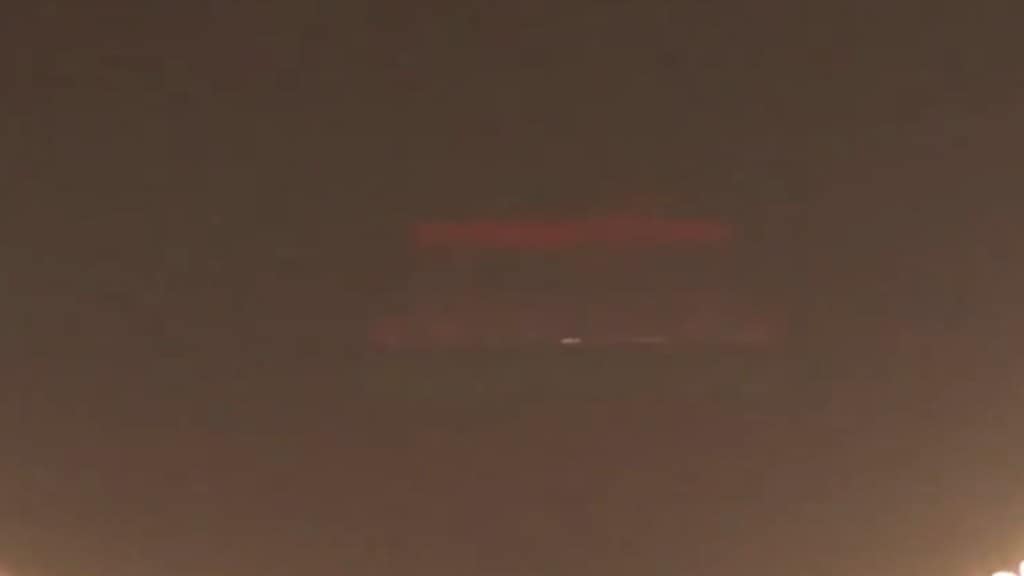Delhi’s air quality has once again plunged to dangerous levels. The national capital is blanketed under a thick layer of smog as pollution continues to worsen. On Saturday evening, the situation turned so severe that India Gate and its surrounding areas were barely visible through the dense haze.
According to data from the Central Pollution Control Board (CPCB), the Air Quality Index (AQI) at India Gate was recorded at 295 on Saturday evening – a level that falls under the “poor” category. Friday witnessed some respite with the AQI dipping from 373 to 218, thanks to light rain and stronger winds. But as the wind slowed, pollution levels shot up again.
#WATCH | Delhi: India Gate seems to disappear behind a thin layer of haze this evening. AQI (Air Quality Index) around the area is in 'Poor' category, at 295, as per CPCB (Central Pollution Control Board). pic.twitter.com/7qtDBMruWP
— ANI (@ANI) November 1, 2025
What’s puzzling many people, though, is that an AQI of 295 doesn’t usually cause visibility to drop this drastically. On social media, users pointed out that the heavy smog around India Gate looked far worse than what the numbers suggest. Many questioned whether the official readings truly capture the severity of the pollution, or if localised differences across Delhi are making the situation appear much grimmer than the data indicates.
Reacting to the viral visuals of India Gate shrouded in thick smog, many social media users expressed disbelief over the official air quality figures. One user on X (formerly Twitter) wrote, “This isn’t 295, it’s 995.”
This isn't 295 it's 995
— Nayak.raj (@Me__Raaz) November 1, 2025
Another quipped, “AQI says 295. My lungs say ‘Try again.’ Who’s doing the math – the same guys who calculate inflation?”
AQI says 295. My lungs say “Try again.” Who’s doing the math, the same guys who calculate inflation?
— 𝔸ᴅɴᴀɴ 𝕊ᴀꜰᴇᴇ (@adnansafee) November 1, 2025
A third user commented, “I don’t think 295 AQI makes the environment this opaque, bro.”
Adding to the chorus of skepticism, another user remarked, “The million-dollar question – is it really 295? Whatever the official figures suggest, people can feel it’s not correct. Sore throat, burning eyes… but here we are, manipulating the data.”
The million dollar question, is it really 295??
Whatever the official figures suggest, people can feel that it is not correct, sore throat, burning eyes but we are here manipulating the data— Sahil Patel (@SahilPatel12B1) November 1, 2025
Entry ban on certain vehicles in Delhi
Amid the growing pollution crisis, the Delhi government has imposed a ban on the entry of old commercial vehicles from other states into the city. Under the new rules, trucks, pickups and diesel vehicles that are BS-III compliant or older will no longer be allowed to enter the national capital.
To ensure strict enforcement, the Transport Department, in coordination with the Traffic Police, has set up 23 special inspection teams stationed at key entry points, including Kundli, Tikri, Rajokri, Aya Nagar, and Kalindi Kunj. Officials estimate that around 50,000 to 70,000 old vehicles significantly add to Delhi’s pollution levels. Such vehicles will now be turned away at the city’s borders.
Focus on Delhi’s winter action plan
In a parallel move, the government has decided to tighten the implementation of its Winter Action Plan – a seasonal strategy aimed at curbing pollution during the colder months.
On Saturday, Environment Minister Manjinder Singh Sirsa visited Anand Vihar, currently one of the most polluted areas in Delhi. During his visit, he reviewed operations at the Delhi Pollution Control Committee (DPCC) monitoring center and instructed officials to deploy more police personnel to ease traffic congestion, a major contributor to rising emission levels.


